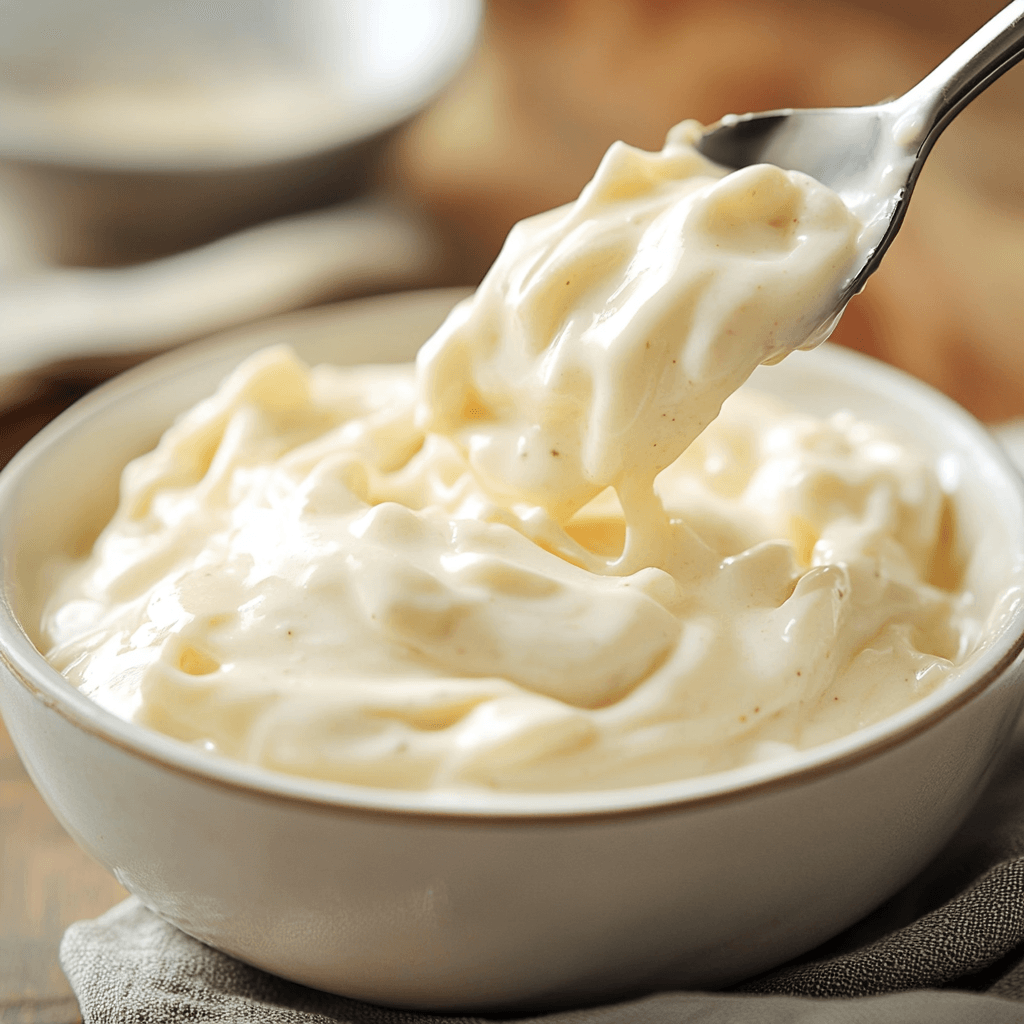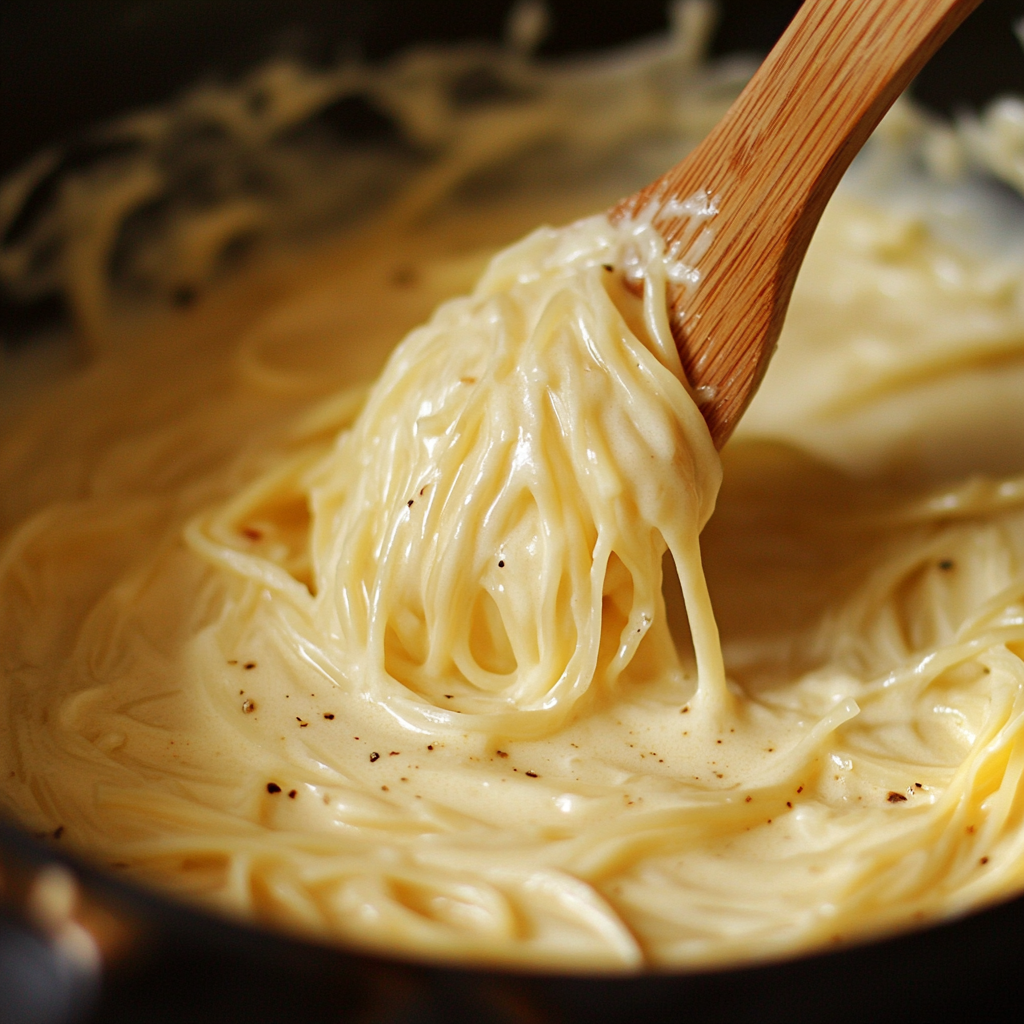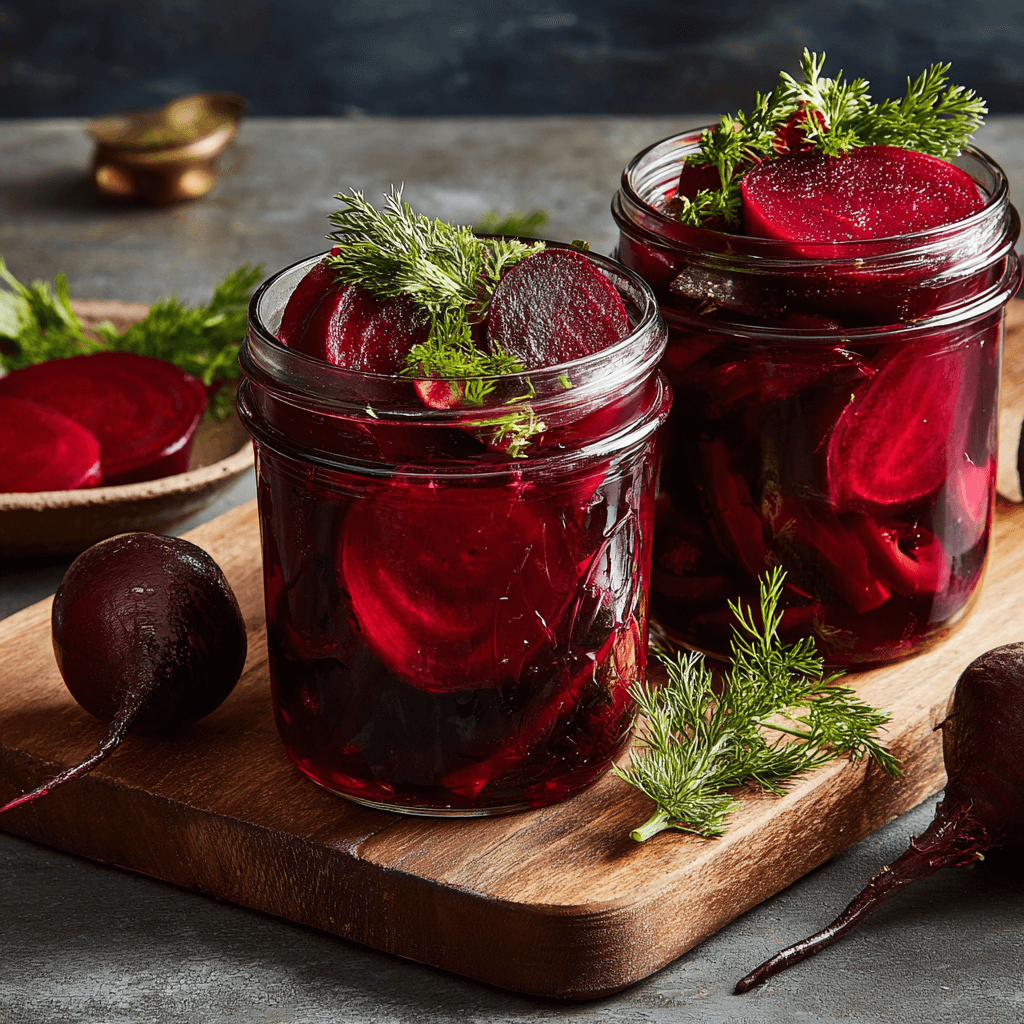Introduction to Authentic Alfredo Sauce Recipe
What Makes Alfredo Sauce Authentic?
Authentic Alfredo sauce stands apart because of its emphasis on simplicity and the use of high-quality ingredients. Unlike modern variations that may include garlic, cream cheese, or thickening agents, the authentic recipe relies solely on fresh butter, Parmigiano-Reggiano, and full-fat cream or milk. This minimalistic approach allows the natural richness of each ingredient to shine, resulting in a sauce that is both indulgent and elegant.
The authenticity of Alfredo sauce lies in its technique as well as its ingredients. It requires careful heat control to melt the butter and incorporate the cheese without breaking the emulsion. When executed correctly, this method creates a velvety, silky texture that clings beautifully to the pasta, enhancing every bite. The lack of additives ensures the sauce retains its traditional, luxurious character while highlighting the inherent flavors of its core components.
The Origins of Alfredo Sauce in Italian Cuisine
Alfredo sauce traces its roots back to Rome, Italy, where it was first crafted by Alfredo di Lelio in the early 20th century. Alfredo initially created the dish to please his pregnant wife, who was struggling with a poor appetite. His creation, fettuccine Alfredo, combined simple yet rich ingredients—pasta, butter, and Parmigiano-Reggiano—to produce a dish that was nourishing and comforting.
Over time, Alfredo’s recipe gained popularity, particularly among American tourists visiting his restaurant in Rome. Hollywood celebrities in the 1920s and 1930s helped popularize the dish internationally, transforming it from a local specialty into a global phenomenon. While the recipe has evolved outside of Italy, the original remains a celebrated icon of Italian culinary tradition, known for its creamy texture and unparalleled flavor.
Why Authentic Recipes Use Simple Ingredients
Italian cuisine is renowned for its philosophy of “less is more,” where simplicity and quality take precedence. Authentic Alfredo sauce epitomizes this approach by focusing on just a handful of ingredients, each chosen for its ability to contribute depth and flavor. Fresh butter provides richness, Parmigiano-Reggiano lends its signature nutty and savory notes, and full-fat cream or milk creates a smooth, luxurious texture.
This minimalist ingredient list allows each component to play a distinct role, ensuring that the flavors remain balanced and unmasked by unnecessary additions. The purity of these ingredients also reflects the Italian culinary ethos, which values the natural characteristics of high-quality produce. By using simple, authentic elements, the sauce achieves a timeless elegance that continues to captivate food enthusiasts worldwide.
Authentic Alfredo sauce demonstrates that great cooking doesn’t require complexity—only attention to detail, respect for tradition, and a commitment to using the best possible ingredients. Whether paired with fettuccine or other pasta varieties, this sauce remains a testament to the beauty of classic Italian cuisine.
Key Ingredients for Authentic Alfredo Sauce Recipe
Fresh Butter: The Foundation of Authentic Alfredo
Butter is the base of Alfredo sauce, providing richness and a smooth texture. Opt for unsalted, high-quality butter for the best results.
Parmigiano-Reggiano: Why Authenticity Matters
Using genuine Parmigiano-Reggiano ensures the signature nutty, savory flavor of authentic Alfredo sauce. Freshly grated cheese melts more evenly and enhances the overall dish.
Full-Fat Milk or Cream for the Perfect Texture
For a silky and indulgent sauce, use full-fat milk or heavy cream. The fat content helps create a creamy consistency that clings perfectly to pasta.
Optional Additions: Garlic and Nutmeg for a Flavor Boost
While not part of the traditional recipe, garlic adds depth and aroma, while a pinch of nutmeg enhances the sauce’s warmth.
The Right Tools for Making Authentic Alfredo Sauce
Non-Stick Saucepan vs. Stainless Steel for Perfect Cooking
A non-stick saucepan prevents the sauce from sticking and simplifies cleanup. However, stainless steel pans provide better heat distribution, reducing the risk of scorching.
Using a Whisk for Lump-Free Sauce
A whisk is essential for combining ingredients smoothly, especially when incorporating cheese and cream.
Tools for Grating Fresh Cheese
Invest in a fine grater or microplane for Parmigiano-Reggiano. Freshly grated cheese melts more evenly and avoids clumps.
Step-by-Step Instructions for the Authentic Alfredo Sauce Recipe
Preparing the Butter and Cream Base
Begin by melting butter over low heat in a saucepan. Once melted, stir in full-fat cream or milk, whisking gently to combine.
Gradually Incorporating Parmigiano-Reggiano
Slowly add freshly grated Parmigiano-Reggiano to the warm butter and cream mixture, whisking continuously to ensure even melting.
Adjusting the Consistency with Cooking Water or Cream
If the sauce becomes too thick, add a splash of pasta cooking water or extra cream to achieve your desired consistency.
Achieving the Silky, Creamy Texture
Continue whisking until the sauce is smooth and velvety. Serve immediately over freshly cooked pasta for the best results.
Tips for Perfecting Your Authentic Alfredo Sauce
How to Avoid Lumps in the Sauce
To prevent lumps, ensure the butter and cream are fully combined before adding cheese. Whisk continuously and add the cheese gradually for a smooth texture.
Maintaining Low Heat for Best Results
Cook the sauce over low heat to avoid burning or curdling. High heat can cause the dairy to separate, resulting in a gritty texture.
Adding Cheese at the Right Time
Add the Parmigiano-Reggiano once the butter and cream mixture is warm but not boiling. This ensures the cheese melts evenly and integrates into the sauce seamlessly.
Common Variations of Authentic Alfredo Sauce Recipe
Adding Garlic for a Modern Twist
To give your Alfredo sauce a bold flavor, sauté minced garlic in butter before adding the cream. This simple addition brings an aromatic depth to the sauce, perfect for garlic lovers.
Incorporating Nutmeg for a Slightly Sweet Undertone
A pinch of nutmeg can enhance the warmth and complexity of your Alfredo sauce. This subtle addition works especially well in cooler seasons, complementing the rich and creamy base.
Combining with Truffle Oil for a Luxurious Touch
Drizzle a small amount of truffle oil into your finished sauce for a luxurious, earthy aroma. This variation is ideal for gourmet dinners or special occasions.
Best Pasta Pairings for Authentic Alfredo Sauce
The Classic Fettuccine Alfredo
Fettuccine remains the quintessential pairing for Alfredo sauce, thanks to its wide, flat shape that holds the creamy sauce perfectly.
Experimenting with Spaghetti, Linguine, or Penne
Spaghetti offers a lighter texture, while linguine provides a touch of elegance. Penne’s tubular shape makes it ideal for capturing the sauce in every bite.
Using Whole Wheat or Gluten-Free Pasta
For a healthier or dietary-friendly alternative, try whole wheat pasta or gluten-free options. These varieties pair beautifully with the sauce while catering to different needs.

Beyond Pasta: Creative Uses for Authentic Alfredo Sauce
Drizzling Over Grilled Chicken or Shrimp
Use Alfredo sauce as a creamy topping for grilled chicken or shrimp, transforming a simple protein into a gourmet dish.
Pairing with Roasted Vegetables
Drizzle Alfredo sauce over roasted vegetables like broccoli, cauliflower, or asparagus for a flavorful side dish that’s both rich and satisfying.
Using as a Base for Casseroles and Pizzas
Incorporate Alfredo sauce into casseroles for a creamy layer or spread it as a base on pizza for a delicious twist on the classic.
Nutritional Breakdown of Authentic Alfredo Sauce Recipe
Calories, Protein, and Fat Content
Alfredo sauce is rich in calories and fat due to its butter, cream, and cheese components. However, it also offers a good source of protein from the Parmesan.
Adjusting for Low-Calorie Options
For a lighter version, use milk instead of cream or reduce the amount of butter. This maintains creaminess while cutting down on calories.
Substituting Low-Fat Cheese or Milk
Opt for low-fat Parmesan and milk to create a healthier Alfredo sauce without sacrificing flavor.
Storing and Reheating Authentic Alfredo Sauce
Refrigeration Tips for Freshness
Store leftover sauce in an airtight container in the refrigerator for up to three days. Ensure the sauce has cooled completely before sealing to avoid condensation.
Reheating Without Splitting or Curdling
Reheat Alfredo sauce gently over low heat while stirring continuously. Add a splash of milk or cream to restore its original consistency if it thickens during refrigeration.
Freezing Alfredo Sauce for Meal Prep
Freeze Alfredo sauce in individual portions for easy meal prep. When reheating, thaw in the refrigerator overnight and whisk well while reheating to recombine any separated ingredients.
Common Mistakes to Avoid When Making Alfredo Sauce
Overheating the Sauce
Cooking Alfredo sauce over high heat can cause the cream to curdle and the cheese to separate. Always use low to medium heat for best results.
Using Pre-Grated Cheese
Pre-grated cheese often contains anti-caking agents that prevent smooth melting. Always use freshly grated Parmigiano-Reggiano for an authentic and creamy texture.
Skipping the Resting Step
Allow the sauce to rest for a minute or two before serving. This helps the flavors meld together and ensures a smoother consistency.
Frequently Asked Questions (FAQs)
What’s the Best Cheese for Authentic Alfredo Sauce?
The best choice is Parmigiano-Reggiano, as it delivers the rich, nutty flavor that defines authentic Alfredo sauce.
Can I Use Non-Dairy Alternatives?
Yes, you can use non-dairy cream and plant-based Parmesan substitutes for a dairy-free version, though the flavor may differ slightly.
How Long Does Alfredo Sauce Last in the Fridge?
When stored properly in an airtight container, Alfredo sauce can last up to three days in the refrigerator.
Can I Freeze Alfredo Sauce?
Yes, Alfredo sauce can be frozen, but it may separate upon thawing. To fix this, whisk thoroughly while reheating on low heat.
What’s the Best Pasta Shape for Alfredo Sauce?
Fettuccine is the classic choice, but linguine, spaghetti, and penne are excellent alternatives that work well with the creamy sauce.
How Do I Prevent My Alfredo Sauce from Becoming Grainy?
Ensure the cheese is freshly grated and added gradually to the sauce over low heat. Avoid boiling the sauce, as this can cause the cheese to separate.
What Is Authentic Alfredo Sauce Made Of?
Authentic Alfredo sauce is made with butter, Parmigiano-Reggiano, and cream. These simple ingredients create a luxurious, velvety texture.
What Is the Difference Between American and Italian Alfredo Sauce?
Italian Alfredo sauce is traditionally made with butter and Parmesan, while American versions often include cream, garlic, and other add-ins.
What Is the Secret to Thick Alfredo Sauce?
The key is using the right ratio of cream and Parmesan and gently reducing the sauce over low heat to achieve the desired thickness.
Can You Use Parmigiano-Reggiano in Alfredo?
Yes, Parmigiano-Reggiano is the ideal cheese for Alfredo sauce due to its authentic flavor and melting properties.
What’s the best way to store leftovers?
Keep leftovers in an airtight container in the fridge for up to 4 days. Reheat in the microwave or oven until hot and bubbly. For food safety tips, refer to USDA guidelines on leftovers .
Serving Ideas for Special Occasions
How to Create a Restaurant-Quality Alfredo Experience
Creating a restaurant-quality Alfredo experience at home is all about attention to detail and thoughtful presentation. Start by serving the Alfredo sauce over freshly made pasta—fettuccine is the classic choice, but you can also experiment with linguine or spaghetti for a refined twist. Ensure your pasta is cooked al dente to provide the perfect texture that complements the creamy sauce.
To elevate the dish further, garnish the pasta with a sprinkle of freshly grated Parmigiano-Reggiano and a touch of chopped parsley. This not only adds a burst of color but also enhances the overall flavor profile. Serve your pasta alongside warm garlic bread, brushed with butter and herbs, for a comforting accompaniment. Adding a crisp green salad with a light vinaigrette creates balance and introduces freshness to the meal.
For ambiance, consider setting the table with candles, elegant dinnerware, and soft music. This transforms a simple meal into a special occasion, perfect for family gatherings, romantic dinners, or hosting friends.
Pairing Alfredo Sauce with Italian Wine
No fine dining experience is complete without a thoughtful wine pairing. Alfredo sauce’s rich and creamy texture pairs beautifully with Italian wines that balance its boldness. A buttery Chardonnay enhances the sauce’s creaminess and nutty flavor, making it an excellent choice for a seamless pairing. For those who prefer a lighter option, a crisp Pinot Grigio complements the sauce by introducing refreshing acidity that cleanses the palate.
If you prefer red wine, opt for a soft, fruity Pinot Noir or a light-bodied Chianti. These choices provide a gentle contrast without overpowering the delicacy of the Alfredo sauce. Offering wine alongside your dish not only enhances the flavors but also creates an elevated dining experience.
For non-alcoholic options, sparkling water with a twist of lemon or a light, sparkling grape juice can add sophistication without the need for wine. Whether you’re celebrating a special moment or simply indulging in a luxurious meal at home, these serving ideas ensure your Alfredo dish becomes an unforgettable centerpiece.
For a deeper dive into creamy pasta dishes, this Authentic Alfredo Sauce Recipe pairs wonderfully with related recipes like the Ultimate Olive Garden Alfredo Sauce Recipe, offering a restaurant-style alternative. If you’re looking for variations, explore the Creamiest Alfredo Sauce Recipe with Cream Cheese for added richness or the Best Alfredo Sauce Recipe with Milk for a lighter, yet equally delicious option. These recipes provide inspiration for different approaches to classic Alfredo, ensuring you have options for every occasion.
Conclusion
Why Authentic Alfredo Sauce Is a Culinary Classic
Authentic Alfredo sauce represents the simplicity and elegance of Italian cuisine. Its rich, creamy texture and bold flavors make it a timeless dish that continues to delight food lovers around the world. Whether served over pasta, paired with proteins, or used creatively in other dishes, this recipe remains a favorite for home cooks and chefs alike. Enjoy the classic taste of authentic Alfredo sauce in every bite!





